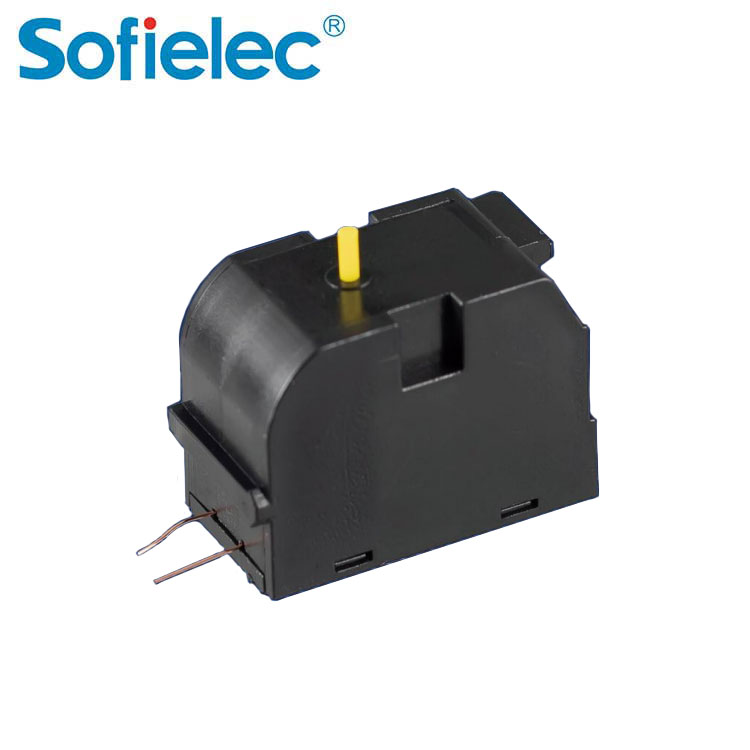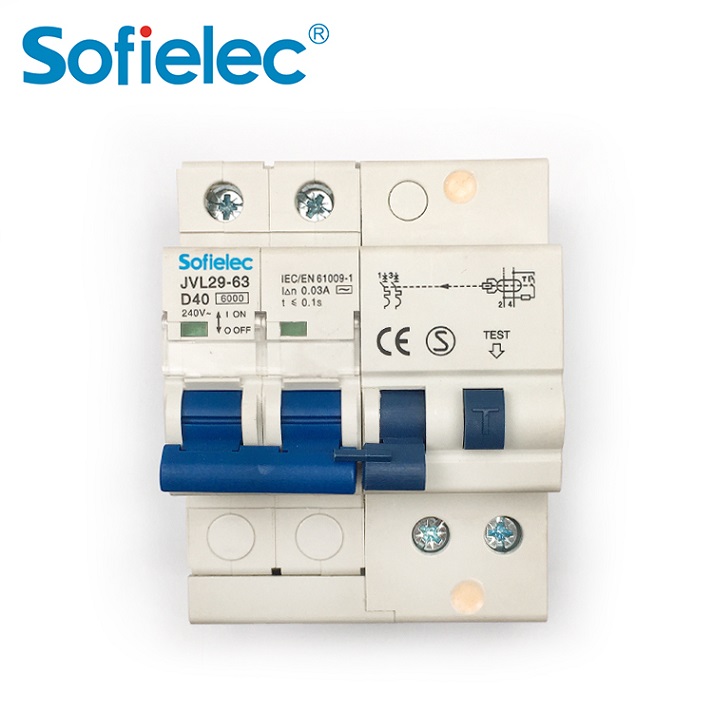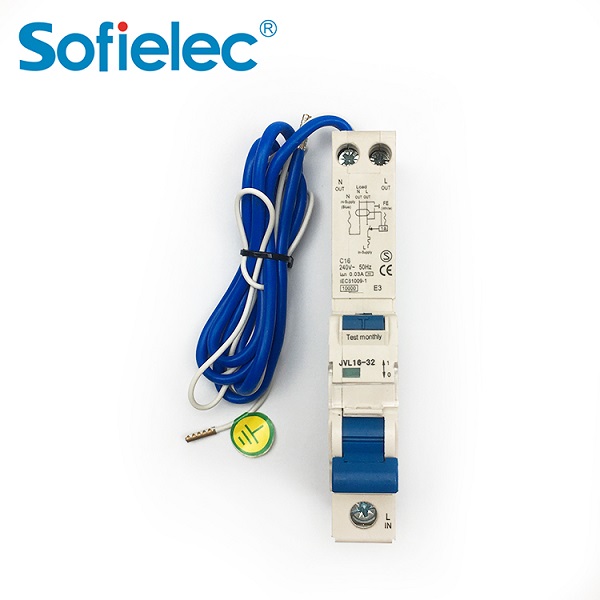What Key Factors Should You Consider When Choosing a Relay for Low-Voltage Electrical Systems?
In low-voltage electrical systems—whether for residential smart homes or small commercial setups—devices that manage current flow safely are critical. One component often confused with similar products (like contactors) is the relay, which plays a unique role in controlling circuits. This article answers common questions about selecting and using this component in low-voltage environments, helping you make informed decisions for your electrical needs.
How Does a Relay Differ from a Contactor in Low-Voltage Applications?
Many users mix up relays and contactors, but their design and use cases differ significantly. A relay is built to handle smaller current signals (typically for signal conversion or low-power control), using a small input current to switch a larger output current indirectly. It excels at tasks like triggering lights, sensors, or small appliances in smart homes.
In contrast, contactors are designed for high-power loads (such as industrial motors or large HVAC systems). They can carry much higher current ratings and are built for frequent, heavy-duty switching. For low-voltage systems (For example, 220V household power distribution systems), it’s more suitable for precise, low-load control, while a contactor is overkill unless the system powers large equipment.
What Are the Typical Uses of Relays in Low-Voltage Circuits?
It’s versatile in low-voltage settings, with two main applications:
Residential smart control: It enables automated switching for devices like timed lights, smart thermostats, or security system sensors. For example, it can connect a small control signal (from a smartphone app) to a larger circuit powering household lights, ensuring safe, remote operation.
Commercial auxiliary control: In small commercial spaces (like retail stores or offices), it helps manage auxiliary systems—such as activating exhaust fans when a printer overheats, or switching off non-essential equipment during peak energy hours. It acts as a "bridge" between low-power control panels and main electrical circuits.
Which Specifications Are Non-Negotiable When Selecting a Relay?
Two key specs determine if it works for your low-voltage system:
Voltage compatibility: Ensure its rated voltage matches your system. Using one with mismatched voltage can cause overheating or failure.
Current rating: Its maximum current capacity must exceed the load it controls. For example, one rated for 5A is sufficient for a 3A smart light, but not for a 7A space heater (which would require a higher-rated option or a contactor).

What Maintenance Habits Extend a Relay's Lifespan?
It in low-voltage systems is durable, but poor maintenance shortens its life. Avoid these mistakes:
Ignoring environmental factors: Don’t install it in damp or dusty areas (like unventilated basements) without protection. Moisture or debris can corrode contacts, leading to intermittent switching.
Overloading it: Never use it to control a load exceeding its current rating. Even occasional overloads can warp internal components, reducing reliability over time.
Skipping visual checks: Every 6–12 months, inspect it for signs of damage—like discolored housing (from overheating) or loose wires. Tighten connections gently to avoid damaging terminals.
Conclusion
Choosing the right Relay for low-voltage systems boils down to understanding its role (vs. contactors), matching specs to your load, and maintaining it properly. These steps ensure safe, reliable operation for both residential and small commercial setups.
If you're looking for relays or other low-voltage circuit protection devices tailored to your needs, visit Sofielec's product page. Our solutions are designed to integrate seamlessly with modern low-voltage systems, ensuring safety and efficiency.



